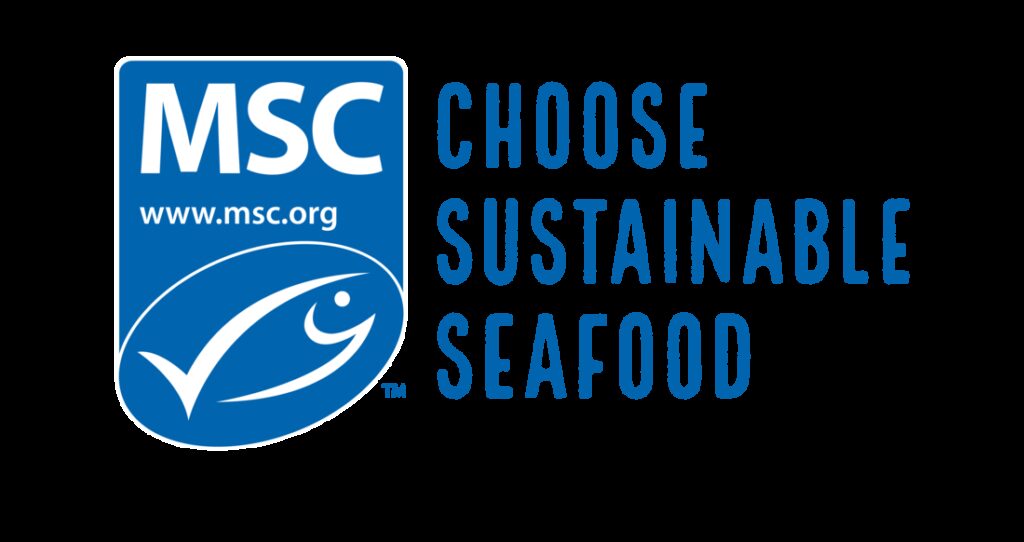The demand for seafood has led to unsustainable fishing practices like overfishing and habitat destruction, resulting in environmental concerns. Sustainable seafood is caught or farmed in ways that protect marine ecosystems and ensure that the fishing communities can maintain their livelihoods. Consumers can identify sustainable seafood by looking for certification from organizations like the Marine Stewardship Council (MSC) or the Aquaculture Stewardship Council (ASC) and avoiding seafood caught using harmful methods. Sustainable seafood can be found in grocery stores, restaurants, and seafood markets that offer such options. Consumers can raise awareness about the importance of sustainable seafood and promote sustainability in their practices.
Sustainable Seafood: What to Look for and Where to Find It
Environmental Concerns of Unsustainable Seafood
Seafood is an essential part of global cuisine and a significant contributor to the economies of many countries. However, the increasing demand for seafood has led to overfishing, habitat destruction, and other unsustainable practices that undermine the long-term health of the oceans.
What Is Sustainable Seafood?
Sustainable seafood is seafood that is caught or farmed in ways that protect the long-term health of marine ecosystems, prevent the depletion of fish populations, and ensure that people who depend on fishing for their livelihoods can maintain their way of life.
How to Identify Sustainable Seafood?
There are several ways to identify sustainable seafood, such as:
- Choose seafood species and farming practices that have been certified as sustainable by reputable organizations such as the Marine Stewardship Council (MSC) or the Aquaculture Stewardship Council (ASC).
- Look for seafood that is caught or farmed locally and in season.
- Understand the fishing methods used to catch the seafood you buy. Avoid seafood caught using methods that cause significant harm to the environment or other marine life.
- Choose seafood that is labeled with information about the fishing or farming method, the country of origin, and whether it is farmed or wild-caught.
Where to Find Sustainable Seafood?
Many grocery stores, restaurants, and seafood markets now offer sustainable seafood options. Some of these outlets have partnered with reputable organizations to promote sustainable seafood, so look out for logos from organizations such as MSC, ASC, and Monterey Bay Aquarium’s Seafood Watch program.
You can also check the supermarket’s website or ask the staff if the seafood they sell is sustainable. Some supermarkets may have policies that prioritize sustainable seafood or have sustainability ratings for the seafood they sell.
The Role of Consumer in Promoting Sustainable Seafood
Consumers can play a significant role in promoting sustainable seafood practices by making informed choices about the seafood they buy and eat. By choosing sustainable seafood options, they signal to the market that there is a demand for sustainable seafood, which encourages retailers, restaurants, and producers to prioritize sustainability in their practices.
Consumers can also raise awareness about the importance of sustainable seafood among their family, friends, and social circles. By spreading awareness, they can help create a culture of sustainability that supports the long-term health of marine ecosystems and the communities that depend on them for their livelihoods.
The Way Forward
Sustainable seafood is not a luxury but a necessity for the long-term health of marine ecosystems, the livelihoods of millions of people, and the future of the global food system. As consumers, we have a responsibility to make informed choices about the seafood we buy and eat and to demand sustainability from retailers, restaurants, and producers.
